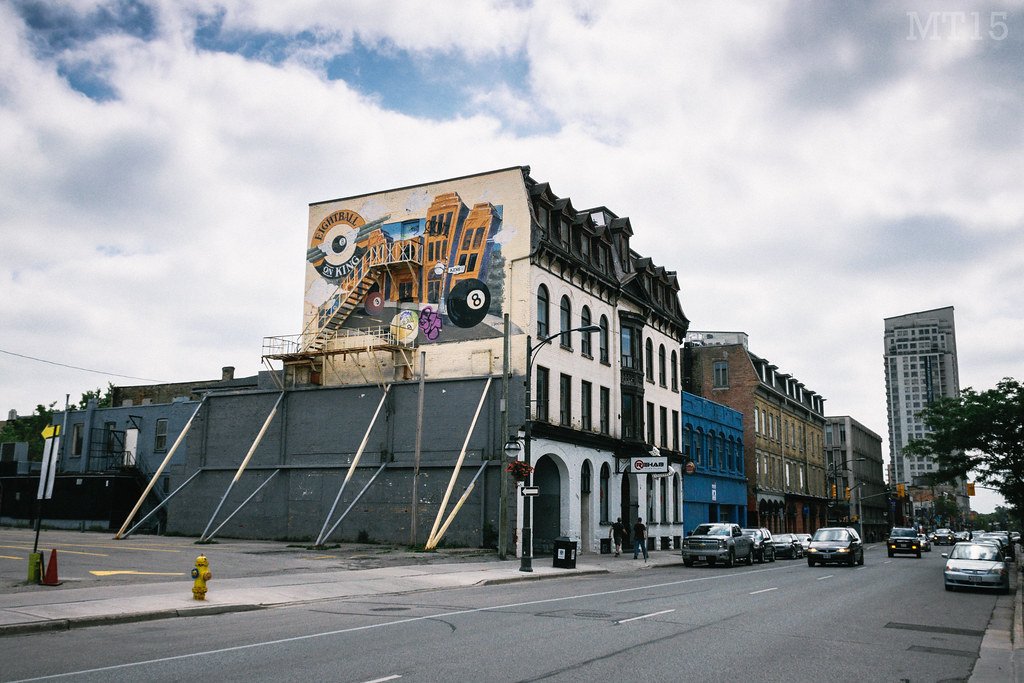
Brief Overview:
In downtown London, ON, Canada, a new sanitary sewer system was planned to replace an outdated combined sanitary/storm system beneath King Street, but potential conflicts with existing utilities were a concern due to outdated records.
To mitigate risks, the city conducted an extensive Subsurface Utility Engineering (SUE) investigation, revealing conflicts with steam pipes that were previously unknown, leading to a necessary redesign and a two-year construction delay.
The $40,000 investment in the SUE study yielded substantial savings of nearly $80,000, showcasing a 2.0 return on investment according to the University of Toronto's conservative estimate.
Full Case Study Report:
In downtown London, ON, Canada, a new sanitary sewer system was planned to replace a 60-year old combined sanitary/storm system placed beneath King Street. The city’s records in this area were very old and relied mainly on utility information compiled in 1966.
An earlier project conducted in the mid 1990s in the same part of the downtown core was abandoned after numerous conflicts with existing utilities were encountered during the construction, resulting in no return for an investment of $80,000.
To avoid a similar situation, the City decided to conduct an extensive SUE investigation early in the design process (when it was approximately 30% completed). The SUE investigation included designating 6,600-ft of telecommunication, gas, electrical, water, sewer, steam utilities, and 19 test holes.
The SUE provider supplied the design team with detailed drawings of the location and width of existing utilities, some of which were known to exist but their location was unknown, while records for others were missing altogether (particularly service connections). Also, the status of the utilities (i.e., in-service vs. abandoned) was determined, easing the process of getting utility owners to remove/re-locate their lines.
The main finding was that steam pipes used for heating city facilities were in direct conflict with the proposed sewer line. Neither the city nor the steam company had records of the location of these pipes.
Based on data provided by the SUE investigation, it was determined that the preliminary design was not feasible, and a complete redesign was needed. Consequently, the construction was postponed for two years due to the restrictions in the downtown core, which permitted excavation work every other year.
The cost of the SUE study was $40,000, while a conservative estimate of the resulted savings to the city conducted by the University of Toronto came at just below $80,000, a return on investment of about 2 to 1.
Related Keywords:
Downtown areas/suburbs, Design/redesign, Cost, direct, ROI (Return on investment), Savings, Excavating, Incomplete (utilities not in records), Non-existing (utilities never located), Test holes (QL-A); Surface geophysical techniques (QL-B)
